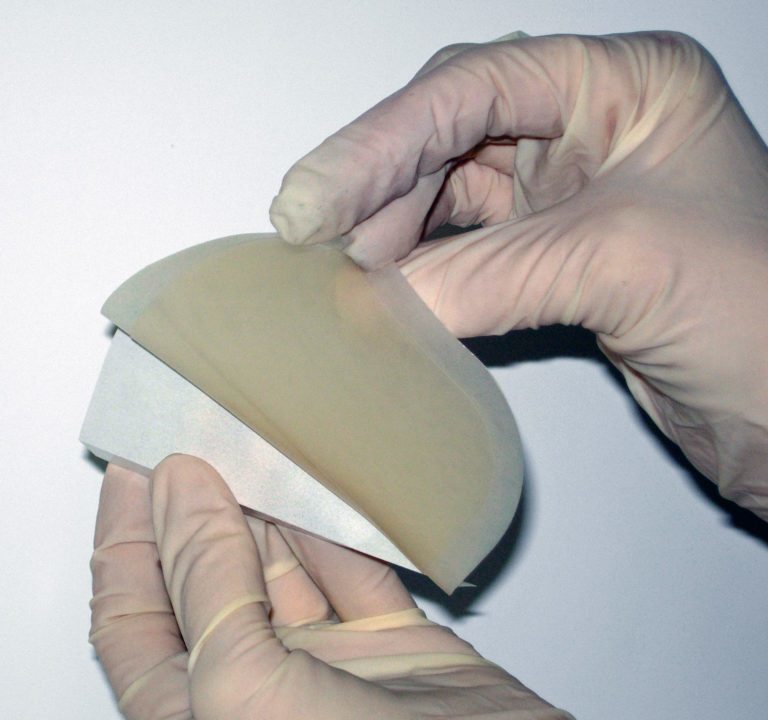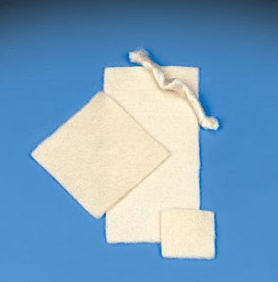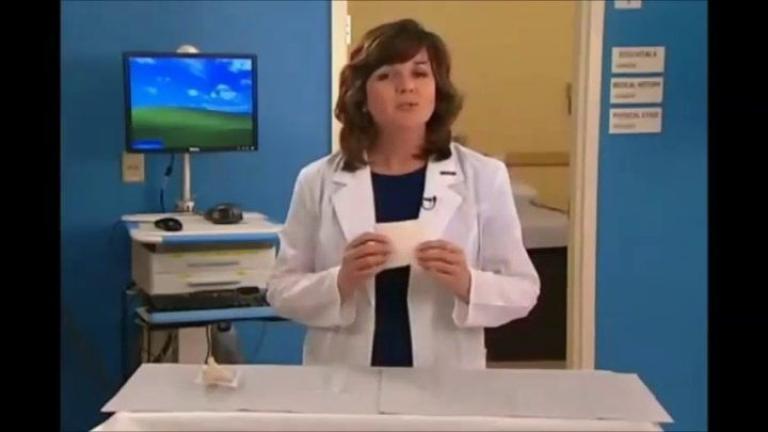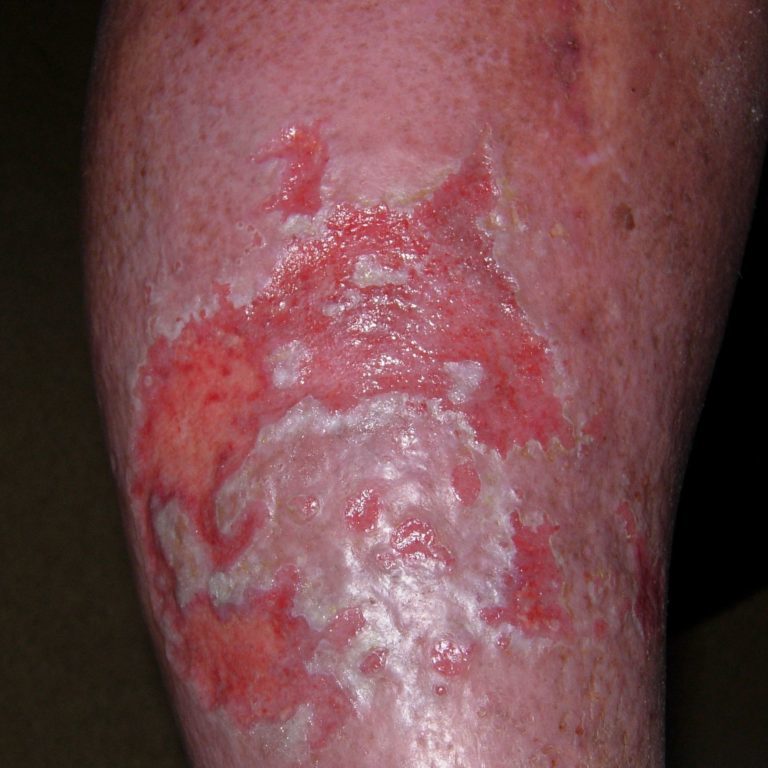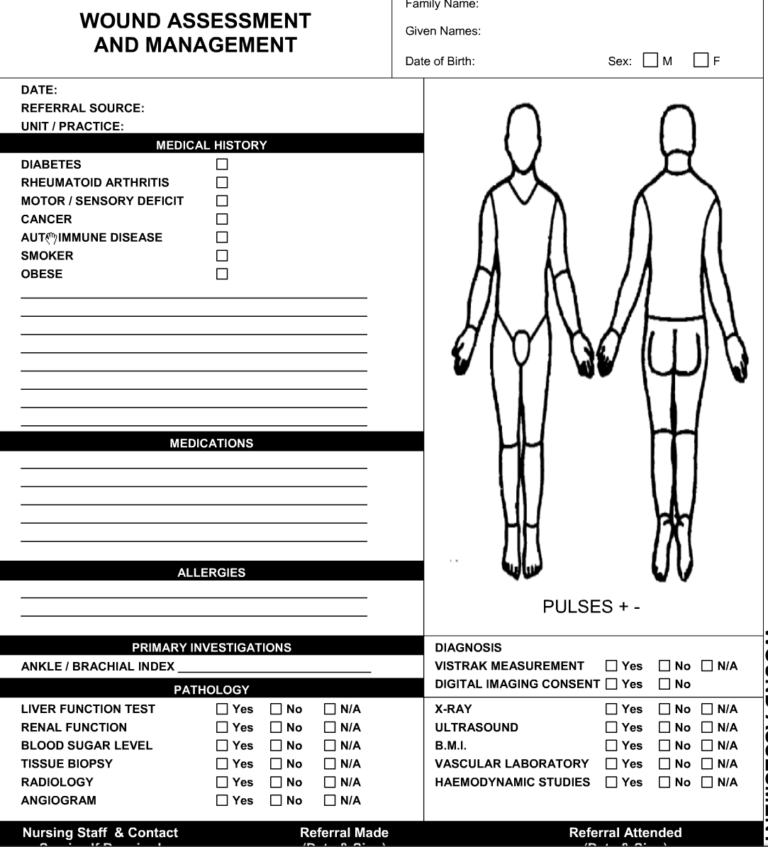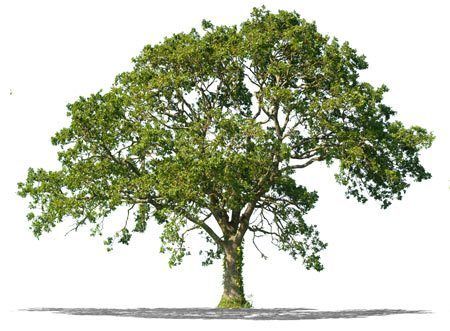The Continuum of Wound Dressings- Hydrocolloids
In this series, we’ve been discussing the many different types of wound dressings, in terms of indications and precautions. Let’s continue with a discussion of hydrocolloid wound dressings Hydrocolloids Hydrocolloid wound dressings contain hydrophilic (absorbing or distilling in water) colloidal particles, such as pectin, carboxymethylcellulose or gelatin. These dressings absorb fluid slowly and turn into…

